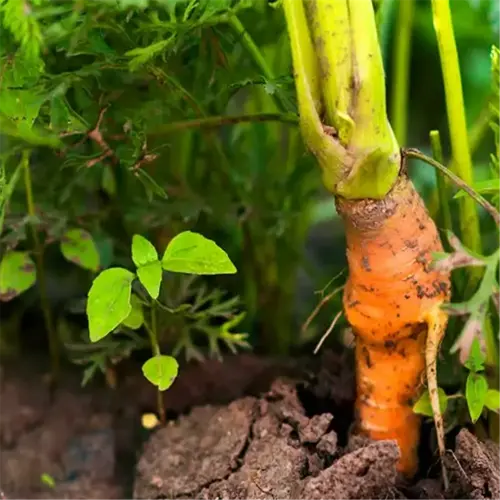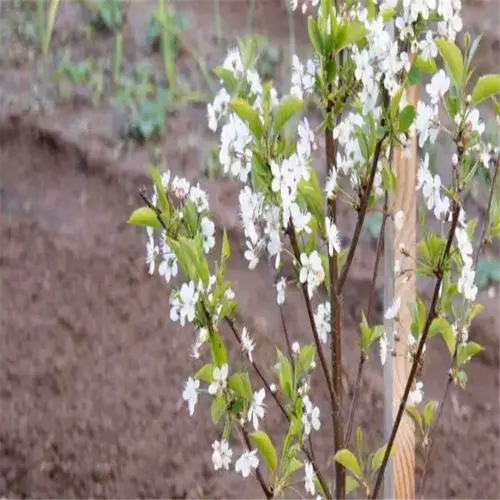How do I protect chestnut trees from pests?

Written by
Benjamin Miller
Reviewed by
Prof. Samuel Fitzgerald, Ph.D.The process of protecting chestnut trees starts the minute you plant. I lost 12 saplings to voles before I found ¼-inch hardware cloth cages. You just sink them around young trees 6 inches deep, and the steel mesh will hold the voles at bay while letting the roots continue to grow. You will have to remove part of the cage each year to avoid girdling as the trunk gets thicker each season.
Physical Barriers
- Install 36" tall wire mesh around saplings
- Wrap trunks with spiral plastic guards
- Bury mesh 6" deep to block burrowers
Chemical Deterrents
- Spray capsaicin solution during nut swelling
- Apply kaolin clay to deter borers
- Use neem oil for aphid outbreaks
Timeliness is the most significant aspect concerning timing for the chestnut weevil.Spinosad (Green Light) sprays should be applied when the catkins bloom and when the larvae emerge just before nut formation. I noted mid-June for a treatment on my calendar since I lost 30% of my 2021 crop from these severe beetles hiding in the soil crevices.
Spring
- Install motion-activated sprinklers
- Apply sticky bands to trunks
- Remove overwintering sites
Fall
- Clear fallen nuts daily
- Wrap trunks before rutting season
- Apply diatomaceous earth
Through the use of biological controls integrated with physical approaches. In our previous work, we released beneficial Trichogramma wasps that target moth eggs, and their larvae skeletonize the leaves of the plant. The trial occurred in 2022 had 75% deficient leaves when introducing these beneficial insects in comparison to pesticide-only plots.
Read the full article: How to Grow Chestnuts: A Complete Guide for Home Gardeners

